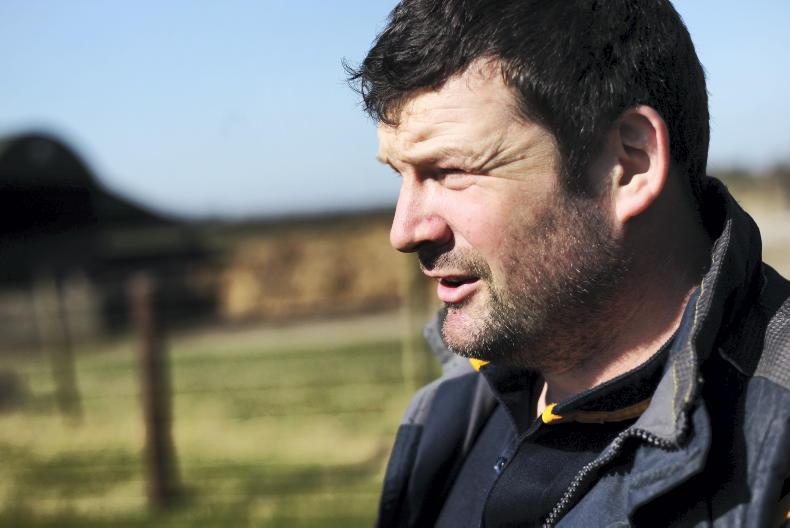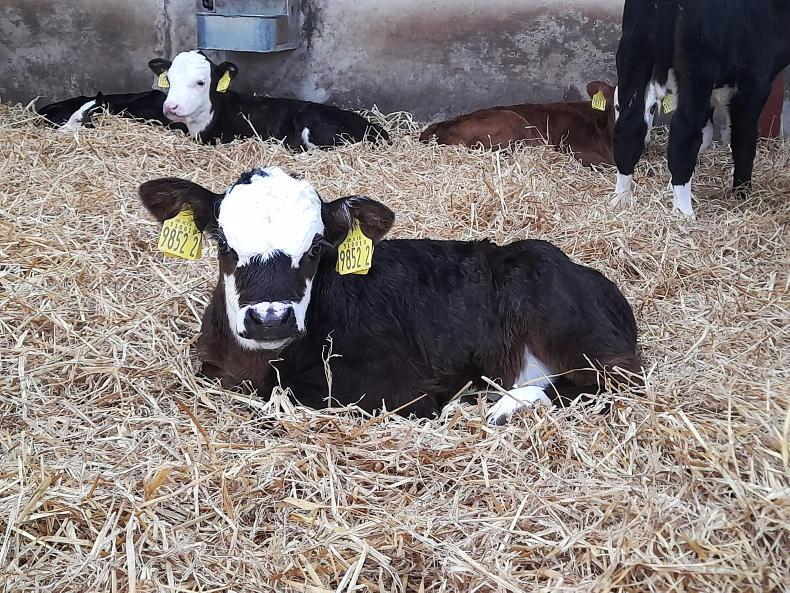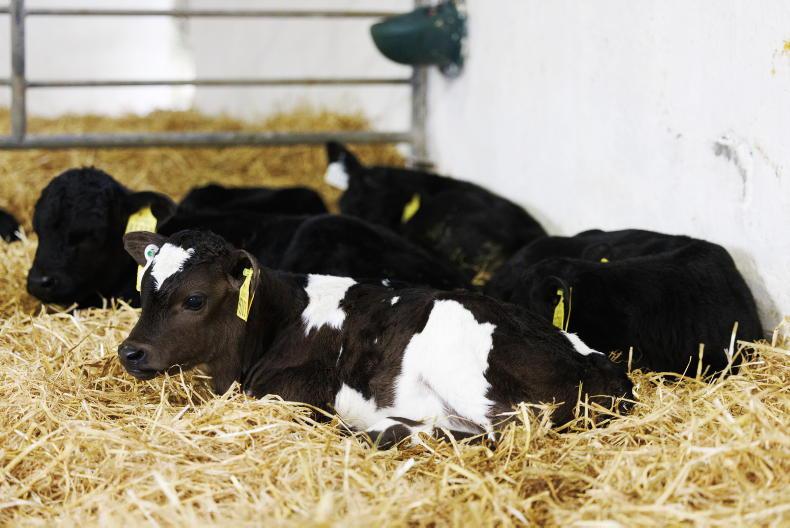Lambing kicked off about two weeks ago at this stage, with a number of ewes lambing earlier than planned.
Thankfully, these have all been healthy and well despite the early arrival.
Something I wonder about when something like this happens is what level of shorter-gestation stock is on the farm and if it is something I am starting to exaggerate within the flock with my current breeding policy.
So, needless to say, I will need every pen available
The vast majority fortunately waited till their due date to start lambing, with most of the first group due to lamb during this week.
So, needless to say, I will need every pen available and will be hoping there will be an improvement in the weather for the week ahead as it will be essential for getting ewes and lambs out as fast as possible to the fields of grass.
If this weather continues to be as bad as it’s been so far and ewes and lambs can’t be let out promptly, they will be kept in grouping pens until the weather improves somewhat.
This is far from ideal considering that the big mob of ewes are due to lamb from next week on.
As ewes lamb down, they are allowed lick lambs clean to bond with them before iodine is sprayed on to the navel
The routine on the farm for ewes and lambs post-lambing follows a pattern. Ewes which are sick to lamb are placed into a pen in their group pen. This helps prevent their lambs wandering off while the ewe is busy having her second lamb or other ewes stealing them.
As ewes lamb down, they are allowed lick lambs clean to bond with them before iodine is sprayed on to the navel. After a short while they are moved to individual pens outside the main pen.
Once dried off completely, the lambs are weighed, electronically tagged and all other data to do with the lambing is saved on the handheld device.
After a couple of days all the pens are cleaned out, limed and fresh straw is applied
The ewes and lambs will stay in these pens for about 12 hours before either being transferred to a group pen if the weather is bad or straight out to grass.
All pens will get a dusting of disinfectant and fresh bedding once the ewe and lambs are removed to help keep disease to a minimum. After a couple of days all the pens are cleaned out, limed and fresh straw is applied.
Maintaining a high standard of hygiene is essential in reducing the use of antibiotics on farm as well as having ewes with a sufficient supply of good colostrum for lambs to build their immune system to be able to fight off the different bugs that cause joint ill and watery mouth. So far things are going well, with the ewes having lots of colostrum for their lambs.
The children love working with the pet lambs
As the lambing continues, I am training the next generation to be my assistants on the farm. The children love working with the pet lambs and perhaps demonstrate more patience with them than I do.
Mia gets up and checks on them before she gets ready for school and Drew checks on them when he gets home. Hopefully this interest will continue and grow.










SHARING OPTIONS